A new program to help pipeline operators implement the Material Verification requirements in recently released…
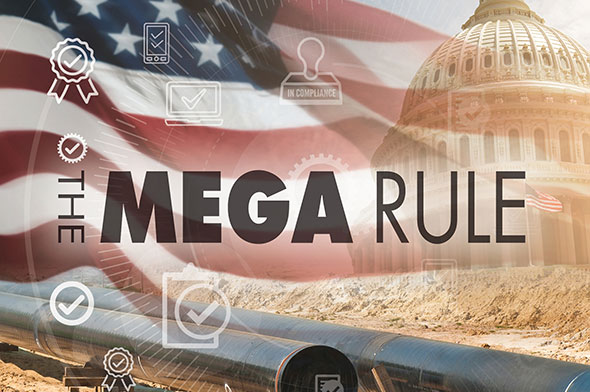
Release of the First Safety of Gas Transmission Pipeline Regulation Mega-Rule
On October 1, 2019 the Pipeline and Hazardous Materials Safety Administration (PHMSA) published amendments to 49 CFR Parts 191 and 192 in the Federal Register issuing Part 1 of the Gas Transmission Mega-Rule[1]. This new regulation is commonly referred to as the Mega-Rule, as it represents the most significant regulatory impact on gas transmission pipelines since the original Gas Transmission Integrity Management Program (TIMP) Regulation was issued in 2003.
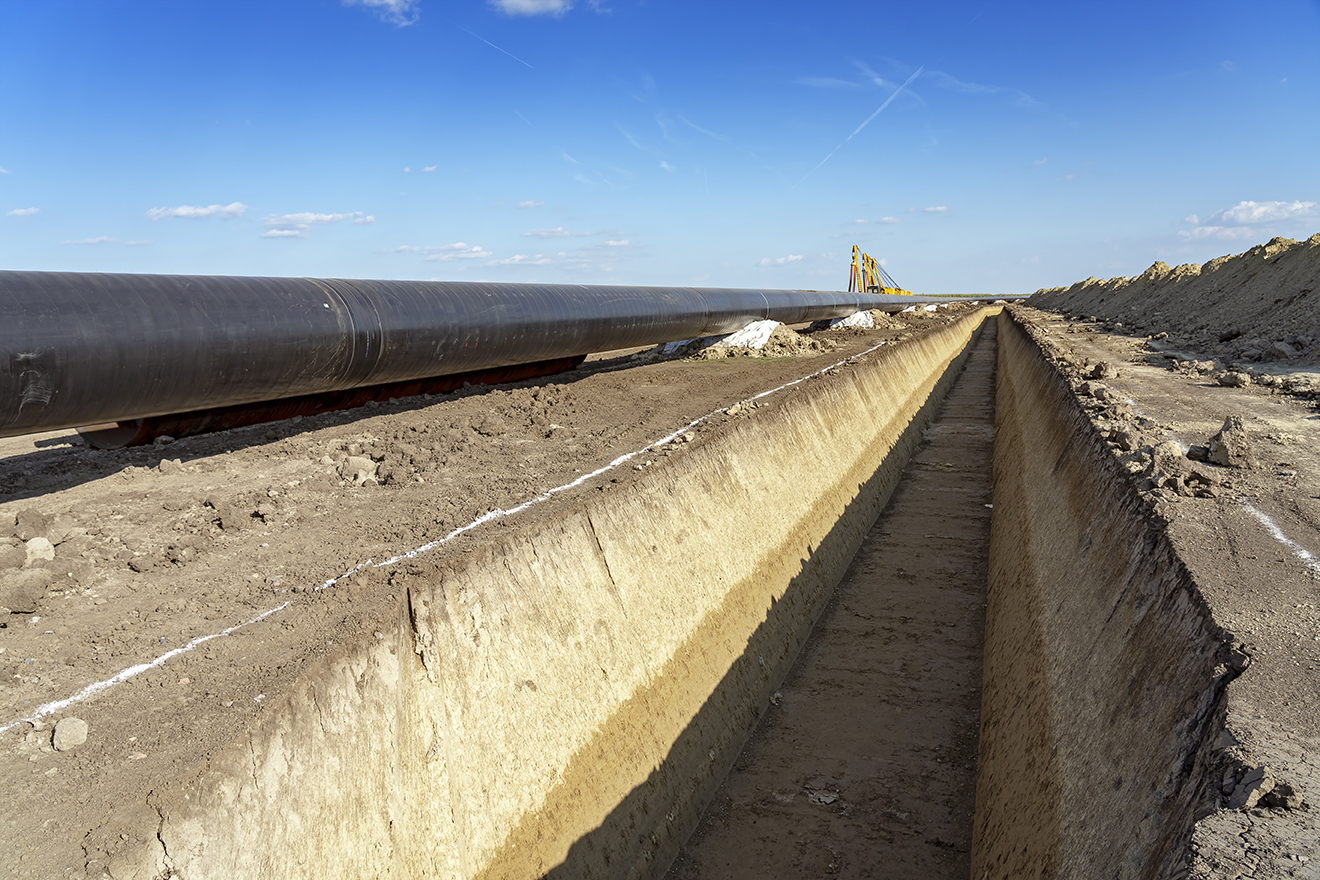
General Overview
As a result of numerous transmission pipeline accidents in the late 1990’s, the congressional Pipeline Safety Improvement Act of 2002 required operators of natural gas transmission lines to create TIMP Plans to identify transmission lines in High Consequence Areas (HCAs), conduct risk assessments and manage the integrity of covered segments in HCAs by conducting periodic integrity assessments. In 2010 through 2012, multiple incidents (Deep Water Horizon, San Bruno, California, Marshall, Michigan, Sissonville, WV) created a renewed focus on pipeline safety in Congress.
On January 3, 2012, the President enacted the Pipeline Safety, Regulatory Certainty, and Job Creation Act of 2011 (2011 Act). The 2011 Act included a number of congressional mandates to PHMSA, including the consideration of bringing additional gas gathering lines under PHMSA jurisdiction, expanding gas transmission pipeline Integrity Management beyond HCAs and reconfirmation of Maximum Allowable Operating Pressure (MAOP) for certain defined gas transmission lines.
PHMSA issued an Advance Notice of Proposed Rulemaking (ANPRM) in August 2011 and a Notice of Proposed Rulemaking titled Safety of Gas Transmission and Gathering Pipelines in April 2016. At the March 2018 GPAC meeting, the PHMSA announced that the agency would split the new regulation into three separate rulemakings, covering the following topics:
| Mega-Rule I | · MAOP Reconfirmation
· Material Verification, · Analysis of Predicted Failure Pressure, · MCAs and Expanded Assessment |
| Mega-Rule II | · Updated repair criteria for HCAs
· New repair criteria for non-HCAs · Inspection of pipelines following extreme weather events · Updates to corrosion control requirements · Strengthening assessment requirements |
| Mega-Rule III | · New requirements for gas gathering pipelines. |
Mega-Rule I – Required Actions
This first Mega-Rule, released in October 2019, addresses the congressional mandates to PHMSA from the 2011 Pipeline Safety Act, incorporates numerous prescriptive actions required for gas transmission pipeline operators to improve pipeline safety:
- MAOP Determination and Reconfirmation (§192.619 and §192.624)
- Material Verification (MV) (§192.607)
- Engineering Critical Assessments (ECAs) (192.632)
- The identification and assessment of Moderate Consequence Areas (MCAs) (§192.3 & §192.710)
- Analysis of Predicted Failure Pressure (§192.712)
- Revisions to TIMP Plans, required new Plans, procedures and record requirements
The following table provides a summary of key sections of this rulemaking and a summary of resultant actions pipeline operators will be required to take.
Code Requirement
What it Means
- MAOP Determination and Reconfirmation (§192.619 and §192.624)
- Material Verification (MV) (§192.607)
- Engineering Critical Assessments (§192.632)
- Identification and Assessment of Moderate Consequence Areas (MCAs) (§192.3 & §192.710)
- Analysis of Predicted Failure Pressure (§192.712)
- Revisions to Policies, Procedures and Plans
For on-shore transmission pipelines in an HCA, Class 3 or 4 location without Traceable, Verifiable and Complete (TV&C) records for §192.619(a)2 , or where the MAOP was established based on the Grandfather Clause3 and the MAOP creates a stress ≥ 30% SMYS, an operator will need to Reconfirm the MAOP. Operators must develop and document procedures by July 1, 2021 and will have until July 3, 2028 to Reconfirm 50% of their subject pipeline mileage and until July 2, 2035 to Reconfirm 100% of subject mileage. There are six methods prescriptively identified to Reconfirm MAOP:
- A pressure test per Subpart J along with Material Verification per §192.607
- Pressure Reduction with Material Verification in some cases
- Engineering Critical Assessment (ECA),
- Pipe replacement,
- Pressure reduction for pipeline segments with Small Potential Impact Radius (≤ 150 ft.), or
- Alternative technology submitted to PHMSA with no objection received within 90 days.
Various sections of Mega-Rule 1 require operators to ensure adequate (TV&C) material records or implement a Material Verification Program. Two specific cases include MAOP Reconfirmation methods:
- When Pressure testing per §192.624 Method 1, if no TV&C material records, an operator must obtain the missing records in accordance with §192.607,
- Or as required during the ECA process
Within an operator’s Material Verification Program, specific pipeline attributes must be confirmed: diameter, wall thickness, seam type and grade. Operators will be required to define sampling programs and perform destructive (laboratory) or non-destructive testing to capture this information and take additional action when inconsistent results are identified until a confidence level of 95% is achieved.
The ECA is one method available for reconfirming MAOP. The ECA process involves evaluating:
- Relevant material properties,
- Operational history and environment,
- Prior assessments,
- In-service degradation,
- Possible failure mechanisms, and
- Defect characteristics (prior, current and future).
These factors are analyzed for the loadings and operating conditions relevant to potential threats with additional assessments are performed as needed. A detailed engineering analysis can then be performed that incorporates the assessment results and material property information to determine if the pipeline segment can be considered safe to operate at a designated MAOP.
In Mega-Rule 1, PHMSA defined the new term MCAs with additional integrity assessment requirements. An MCA is defined as an on-shore area, with a potential impact circle containing either:
- Five or more buildings intended for human occupancy; or
- Any portion of the paved surface, including shoulders, of a designated interstate, other freeway, or expressway, as well as any other principal arterial roadway with 4 or more lanes
§192.710 prescribes new integrity assessment requirements on transmission lines ≥ 30% SMYS in Class 3 or 4 locations and MCAs that can accommodate instrumented In-Line Inspection tools. Initial assessment s must be completed by July 3, 2034 with periodic reassessments every 10 years not to exceed 126 months.
New requirements have been added throughout Mega-Rule 1 that will require the analysis of the predicted failure pressure at the location of the anomaly or defect. Prescriptive methodologies for corrosion wall loss have been identified. For crack-like defects, a detailed fracture mechanics analysis must be applied that uses appropriate methodologies that considers the potential failure mode (ductile, brittle, or both) of the defect. Appropriate and conservative growth rate models must also be applied to determine the remaining life.
In addition, the Mega-Rule 1 will require revisions to a significant number of existing policies and procedures, O&M procedures and Transmission Integrity Management Plans and procedures to ensure compliance with the new regulation.
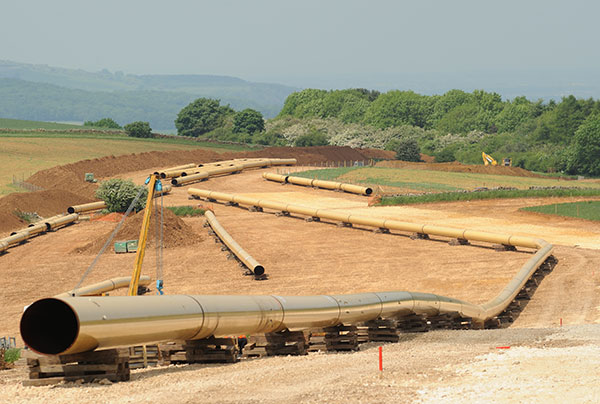
Structural Integrity has been deeply involved in the Gas Transmission Mega-Rule since 2011 and has significant expertise in pipeline safety regulations with dedicated and substantial resources to support the requirements the Mega-Rule imposes on natural gas operators. We have developed specific procedures and programs to help operators address the new requirements of this Rulemaking, including the following:
- MAOP Reconfirmation Plans
- MV Intelligence
- MV Procedures Field Validated MV Programs, (Pipeline Research Council International Report)
- ECA Procedures
- APTITUDE, (News and Views, Volume 42)
Scott Riccardella
sriccardella@structint.com
Bruce Paskett
bpaskett@structint.com
Andy Jensen
ajensen@structint.com
[1] ] The Safety of Gas Transmission Pipelines: MAOP Reconfirmation, Expansion of Assessment Requirements, and Other Related Amendments Final Rule
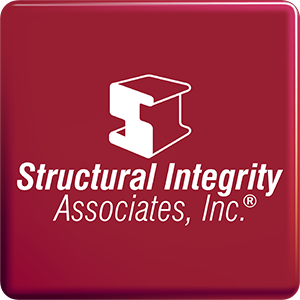
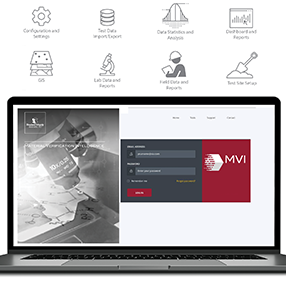
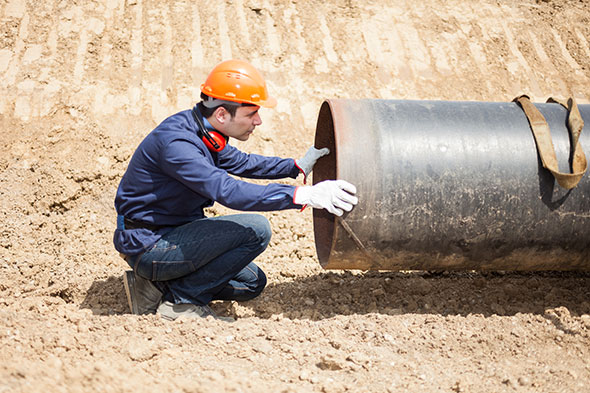
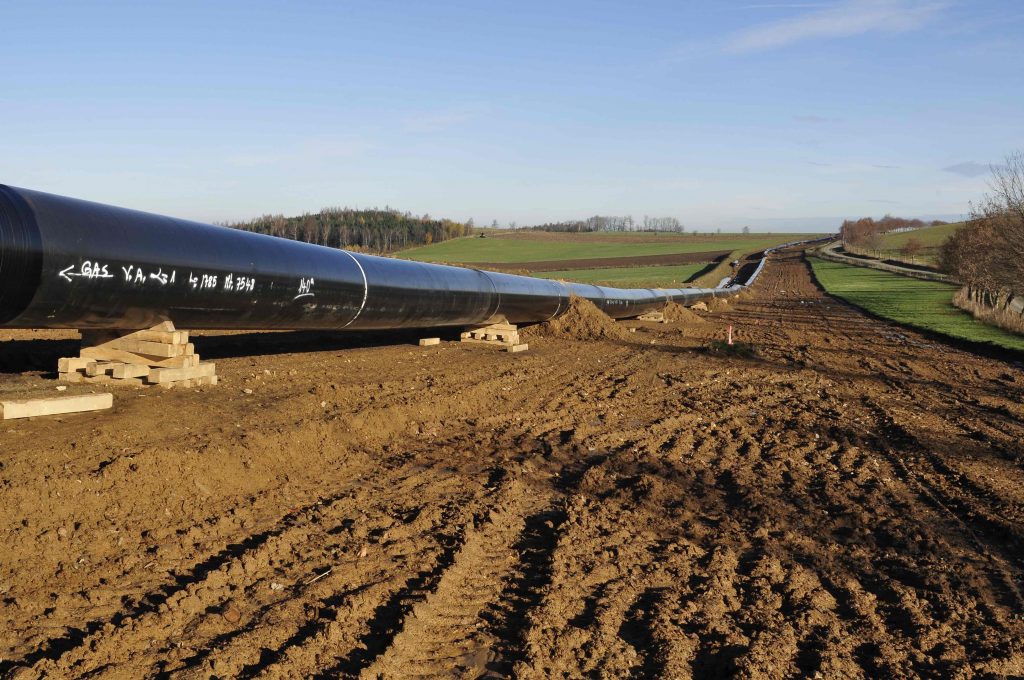
This Post Has 0 Comments